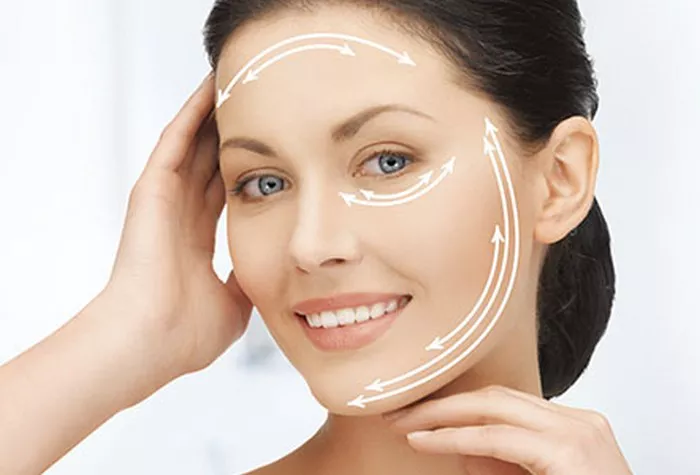The pursuit of a youthful appearance has led to the evolution of cosmetic procedures, including facelifts. Traditionally, facelifts involved surgical interventions to tighten and rejuvenate the facial skin and underlying tissues. However, advancements in medical technology have introduced non-surgical facelift options, offering individuals the opportunity to achieve subtle yet noticeable results with minimal invasiveness. In this article, we explore the concept of the least invasive facelift, discussing non-surgical alternatives, their benefits, and considerations for those seeking a refreshed look without extensive surgery.
Understanding the Facelift
A facelift, also known as rhytidectomy, is a surgical procedure designed to address signs of aging on the face and neck. Traditional facelift surgery involves making incisions, lifting and repositioning the skin and underlying tissues, and often tightening muscles to achieve a more youthful appearance. While surgical facelifts can produce dramatic results, they also entail longer recovery times and potential risks associated with surgery.
Least Invasive Facelift Options
The concept of the least invasive facelift refers to non-surgical or minimally invasive procedures that aim to rejuvenate the face without the need for extensive incisions or anesthesia. These options can provide subtle yet noticeable improvements, making them appealing to individuals who desire a refreshed look without the commitment and downtime associated with surgery. Here are some popular least invasive facelift alternatives:
Dermal Fillers: Dermal fillers are injectable substances that can restore lost volume, smooth out wrinkles, and enhance facial contours. They are often used in areas like the cheeks, nasolabial folds, and lips to achieve a more youthful appearance.
Botox and Dysport: Botulinum toxin injections, commonly referred to as Botox or Dysport, can relax facial muscles responsible for causing dynamic wrinkles, such as crow’s feet and frown lines. This treatment can result in smoother, more relaxed facial skin.
Thread Lifts: Thread lifts involve inserting thin, dissolvable threads beneath the skin to lift and tighten sagging tissues. The threads stimulate collagen production, enhancing the skin’s elasticity over time.
Laser Treatments: Various laser technologies, such as fractional lasers and radiofrequency devices, can stimulate collagen production, improve skin texture, and reduce fine lines and wrinkles.
Ultrasound Therapy: Ultrasound devices like Ultherapy® use focused energy to stimulate collagen production in deeper layers of the skin, resulting in firmer and tighter skin over time.
Benefits of Non-Surgical Facelifts
Non-surgical facelift options offer several benefits that make them appealing to a wide range of individuals:
Minimal Downtime: Non-surgical procedures typically require minimal downtime compared to surgical facelifts, allowing individuals to resume their daily activities sooner.
Less Risk: Non-surgical options are generally associated with fewer risks and complications compared to invasive surgery.
Natural-Looking Results: When performed by skilled practitioners, non-surgical facelifts can provide natural-looking results that enhance the individual’s features without an overly “worked on” appearance.
Gradual Improvement: Many non-surgical treatments offer gradual improvements over time, allowing for a subtle transformation that aligns with the individual’s preferences.
Considerations and Limitations
While non-surgical facelift options offer numerous benefits, it’s important to consider their limitations:
Temporary Results: The results of non-surgical treatments are often temporary and might require periodic maintenance sessions to sustain the desired appearance.
Severity of Concerns: Non-surgical treatments are best suited for individuals with mild to moderate signs of aging. Those with more significant sagging or excess skin might benefit more from surgical facelifts.
Treatment Plan: Achieving desired results might require a combination of different non-surgical procedures, personalized to address the individual’s unique concerns.
Expertise: The skill and experience of the practitioner performing the non-surgical facelift are crucial for achieving optimal results.
Personalized Approach
Choosing the least invasive facelift option depends on individual goals, preferences, and the recommendations of a qualified and experienced practitioner. A personalized consultation is essential to determine the most suitable treatments to achieve the desired outcome.
Conclusion
The least invasive facelift refers to non-surgical or minimally invasive procedures that offer individuals a refreshed and rejuvenated appearance without the need for extensive surgery. Dermal fillers, Botox, thread lifts, laser treatments, and ultrasound therapy are among the popular non-surgical options that provide subtle yet noticeable improvements. While these procedures offer benefits such as minimal downtime, reduced risk, and natural-looking results, it’s important to consider their limitations and consult with a skilled practitioner to develop a personalized treatment plan that aligns with individual goals and preferences.


